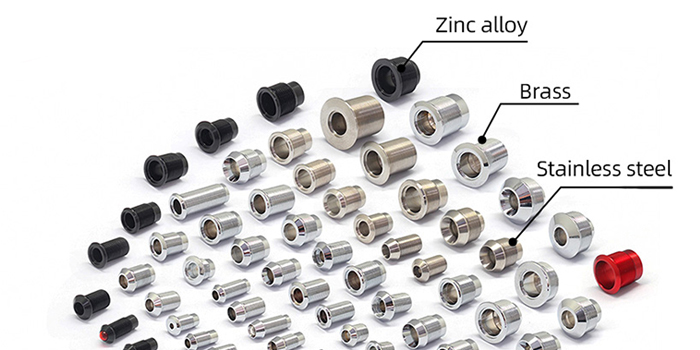Taking the trip of the zero-speed circuit breaker (ZVRCB) of a subway project as a column to analyze the reasons and the detection and processing method of fault indicator light, the ZVRCB tripping phenomenon occurred in the second column of a subway project during the debugging process.
The resistance value of the lower end of the circuit breaker to the negative line is found to be infinite, which indicates that the gap is not caused by the short circuit of the positive and negative lines. Since it is the second train, the reason for the small capacity selection of the circuit breaker is also ruled out.
Under normal circumstances, as long as the braking system detects that the train is in a stopped state, the braking system outputs a zero-speed signal, that is, the ZVRTC and ZVRM relays are energized and their normally open contacts are closed, so that the ZVR1-ZVR5 zero-speed relays are energized.
Now the trip is definitely caused by a fault indicator light from ZVR1 to ZVR5, but which fault indicator light is the specific fault indicator light. Normally, we can find out by pulling the wires all the way.
This is not only time-consuming and laborious, but also seriously affects the work efficiency.
Its principle shows that when the coil is energized, due to the reverse cut-off effect of the diode D1, the protection circuit is regarded as an open circuit, that is, the current does not pass through the protection circuit, that is, it does not pass through D2 and DZ1;
At this time, the voltage regulator tube (DZ1) is reversely broken down to absorb the instantaneous high voltage, and the ordinary diode D2 is used for freewheeling.
Even if the Zener tube is in a failed state due to thermal breakdown short-circuit, it can continue to flow through the diode D2, which only reduces the ability of the circuit to eliminate arcs, but does not short-circuit the entire circuit, so the reason for the jump switch is due to D1. , D2 or DZ1 breakdown causes the current in the circuit to increase instantaneously, so we can directly measure the tube voltage drop between T1 and T2, T2 and T3, the normal value of the tube voltage drop is (0.5-0.7v) to judge the end Which LED module is damaged.
If there is forward conduction and reverse cut-off between T1 and T2, that is, the diode between T1 and T2 is normal, otherwise the diode fault indicator light, that is, the fault indicator light of this channel, if there is a tube voltage drop between T2 and T3, the module is damaged.
The time meter pen can be measured in reverse to more accurately determine whether D2 or DZ1 is damaged.
Under normal circumstances, the tube pressure drop between T2 and T3 is infinite. If there is a tube pressure drop between T2 and T3 and the circuit is damaged, we can directly short-circuit T1 and T2 to skip the indicator module to quickly Excluding the fault indicator light, this method can not only quickly determine the fault point but also greatly improve the work efficiency.
How Do You Choose The Best Quality Rocker Switch



